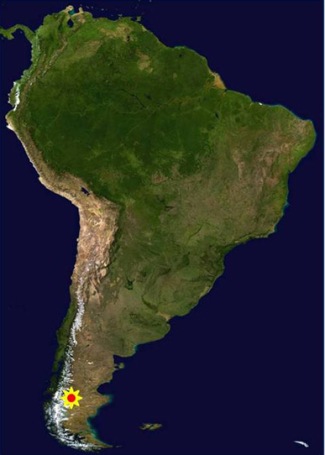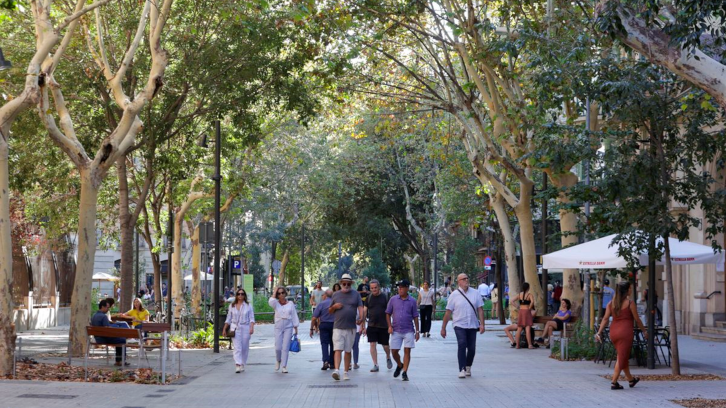Study on Obtaining Wood in Argentine Patagonia during the Holocene

This paper studies the different practices employed in the acquisition of woody material used by hunter–gatherer societies from the northwestern region of the Santa Cruz Province, Argentine Patagonia, during the early and middle Holocene. In addressing this theme, we study carbonized and non-carbonized wood recovered from six stratigraphic levels from the Cerro Casa de Piedra 7 site.
Image: Location of the Cerro Casa de Piedra 7 archeologial site.
The exceptional preservation of plant materials from CCP7 and its long occupation sequence made it an ideal case study concerning the role of plant resources in Patagonian hunter–gatherer economies. The overall objective of this paper is, first, to understand how woody material was acquired in a context of high residential mobility. Second, we analyze the effects of environmental change and its influence on woody raw material procurement strategies among Patagonian hunter–gatherer groups.
This research revealed that during the lowest level of occupation, a distinct range of woody species were utilized; these were subsequently absent in the rest of the stratigraphical levels studied. In fact, all the other levels analyzed presented the homogeneous presence of a single plant species: Nothofagus pumilio. This species has the largest representation among both the charcoal and uncharred wood fragments of the six levels studied.
The long archaeological sequence studied (from 9390 to 3480 14C yr BP) allowed for a discussion into the modalities of woody material acquisition among hunter–gatherers of this area. Furthermore, the data thus obtained gave us an insight into the use of the forest by hunter–gatherers from the early to the late Holocene.
The study of the assemblage samples allowed us to identify differences between the various archaeological levels, which could be the product of behavioral and/or environmental differences.
Laboratori d'Arqueobotànica - Departament de Prehistòria (UAB)
lcarusoferme@gmail.com
María Teresa Civalero
Instituto Nacional de Antropología y Pensamiento Latinoamenricano - CONICET (Buenos Aires, Argentina)
References
Caruso Fermé, Laura; Civalero, María Teresa. Holocene landscape changes and wood use in Patagonia: Plant macroremains from Cerro Casa de Piedra 7. The Holocene 24(2): 188-197. 2014. doi: 10.1177/0959683613516816.


